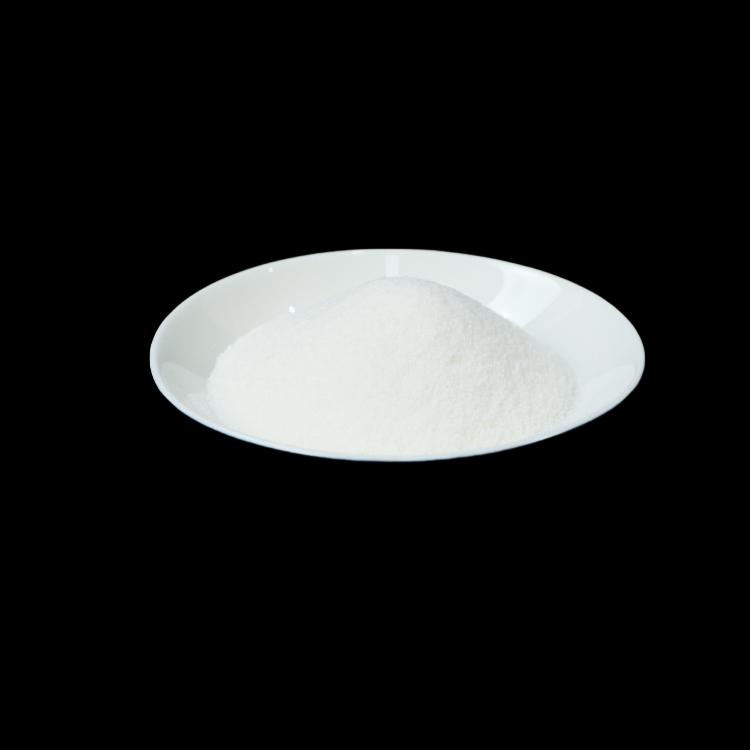The baby's diaper is such a thin layer that it can actually absorb the urine volume of the baby's urination several times, and no matter how the baby's little butt is squeezed, the urine will not leak back through the inner surface of the diaper.
Mothers are not only curious: how does the diaper absorb the baby's urine? The ultra-high water absorption capacity and water retention capacity of the diaper benefit from its absorbent material and structural design.
Baby diapers generally have a four-layer structure:
Topsheet made of non-woven fabric, which is in direct contact with the baby's skin, receives liquids and transfers to the next layer;
Acquisition Distribution Layer layer: made of non-woven fabric, the liquid received by the surface layer is evenly transmitted to the absorbing layer;
Absorbent layer: It is made up of super absorbent polymer powder mixed with untreated fluff pulp. It is the most important functional layer in diapers, which is used to absorb and store urine;
Bottom layer: Made of PE film or PE film + non-woven fabric, the main function is to prevent leakage.
1. Water-absorbing material: SAP powder
Many mothers are naive enough to think that the baby's diaper is made of cotton, which absorbs water. When you uncover the surface of the diaper, you will find that there are small bead-like particles inside, mixed with fluff fibers. Although cotton absorbs water, the speed of water absorption and the ability to lock water are far less than the new polymer water-absorbing resin.
Polymer water absorbent resin (SAP) is a typical functional polymer material. SAP is shaped like a small bead with a diameter of only about 0.2mm. It can absorb hundreds or even thousands of times its own weight in water, and has a strong water retention capacity, so it is also called a super absorbent or a high water retention agent. The reason why SAP has super water absorbing ability is because super absorbent resin is a low cross-linking or partially crystalline polymer with many hydrophilic groups. When the SAP particle size is 100~120mesh (ie 0.212mm~0.254mm), the absorption capacity is the best; when the pH value is 6~8, the absorption rate is the maximum. The SAP of the absorbent layer of the diaper is evenly mixed with the fluff fibers. The uniform mixing of the SAP and the fluff fibers can make the liquid absorption uniform, and also avoid gel adhesion and hard points piercing the surface of the paper web, and prevent the interlayer. produce slippage.

2. Water absorption principle: infiltration layer by layer
After knowing the substance in the diaper that mainly plays a role in absorbing water, what is the process of the baby's urine from being excreted to being absorbed by the diaper? Let's explore further.
When the baby excretes urine out of the body, the surface layer of the diaper first receives the urine and penetrates downward, and then the diversion layer receives the urine penetrated from the surface layer, and part of the urine is directly absorbed by the next layer of SAP absorbent core along the gap. The remaining part of the liquid is conducted and diffused along the longitudinal direction of the diversion layer, which expands the absorption area of the polymer absorbent core. Finally, the urine diffused longitudinally along the diversion layer penetrates into the next layer for the polymer absorbent core. The body absorbs evenly. The surface layer of the diaper is in direct contact with the baby's butt, which is the first layer to receive urine; the diversion layer guides the urine penetrated from the surface to conduct and spread along the longitudinal direction of the diaper, so that the urine is evenly absorbed by the core. Absorption, does not cause the diaper to thicken locally due to several liquid absorptions, preventing subsequent urine from being absorbed by the absorption core; the SAP absorption core layer is the layer that finally absorbs and stores urine; the bottom layer can effectively prevent leakage.

3. Water locking principle: SAP powder water retention capacity
We all know that sponges have strong absorption capacity, but when a sponge full of water is squeezed a little, water will seep out. When the baby urinates on the diaper, no matter how the little butt is squeezed, there will be no urine reverse osmosis on the surface of the diaper. How does the baby's diaper lock in moisture? The water-absorbing substance SAP of the diaper is a polymer compound with many atoms attached to the molecule that can be close to water. Therefore, water molecules are quite easily attracted to its molecules, squeezed between the molecules, so that the SAP particles swell and fuse together. SAP itself is insoluble in water and can absorb water hundreds to thousands of times its own weight without extravasation.

For example, if rice is cooked with water, the rice grains contain a lot of water, but the water will not flow out; flour and water are kneaded into dough, and the water inside cannot be squeezed out no matter how much the dough is squeezed. Similarly, polymers not only have a strong ability to absorb water, but also have a strong ability to retain water.




 Email: info@whldiapernonwoven.com
Email: info@whldiapernonwoven.com MP/WhatsApp: +86-13599937366
MP/WhatsApp: +86-13599937366 Manufacturer Address:Room 1105B, Bld M1, Manhattan, Yulongwan, Shimao, Shuanglong Road, Meiling Street, Jinjiang, Fujian, China
Manufacturer Address:Room 1105B, Bld M1, Manhattan, Yulongwan, Shimao, Shuanglong Road, Meiling Street, Jinjiang, Fujian, China